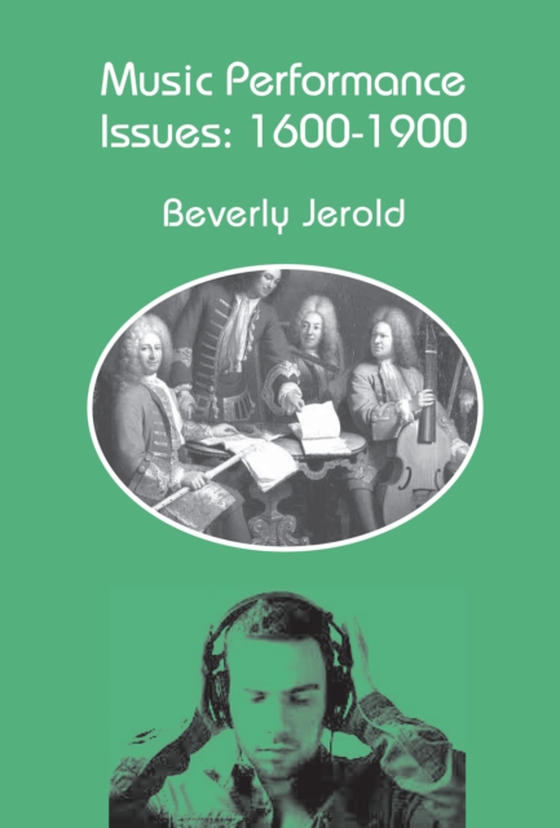
Music Performance Issues: 1600-1900 e-bog
202,96 DKK
(inkl. moms 253,70 DKK)
With some justification, a commentator has described today's typical early-music performance style as the most modern thing around, despite its claim for historical accuracy. Early accounts reveal this to be a valid assessment, for today's technology and high education standards give us a massive advantage. In contrast to music composition, which needs no technology, music execution requires sk...
E-bog
202,96 DKK
Forlag
Pendragon Press
Udgivet
9 august 2016
Længde
380 sider
Genrer
Music
Sprog
English
Format
pdf
Beskyttelse
LCP
ISBN
9781576472644
With some justification, a commentator has described today's typical early-music performance style as the most modern thing around, despite its claim for historical accuracy. Early accounts reveal this to be a valid assessment, for today's technology and high education standards give us a massive advantage. In contrast to music composition, which needs no technology, music execution requires skills that can be greatly enhanced through technology. For example, the metronome (invented in 1816) is an excellent training tool for rhythmic steadiness, but this usage did not become universal until some point in the twentieth century. Countless reports from preceding centuries document therhythmic instability that posed a major obstacle for even the best ensembles. Leaders had to resort to audible time beating, whether by stamping the foot, pounding with a stout rod, or playing the first violin part at deafening volume. For us, the metronome also enables rapid tempos: one simply begins slowly, and gradually increases the tempo in small increments. Another great advance was the invention of recording technology, which provided models for imitation, thereby improving intonation, tone quality, expression, and rhythmic stability. Today, it continues to provide automatic ear training and many other benefits. The articles in the present compilation not only provide insight into early performance standards, but also treat subjects that have proved controversial in modern thought, such as tempo, dotting, embellishment, and vibrato.
 Dansk
Dansk

